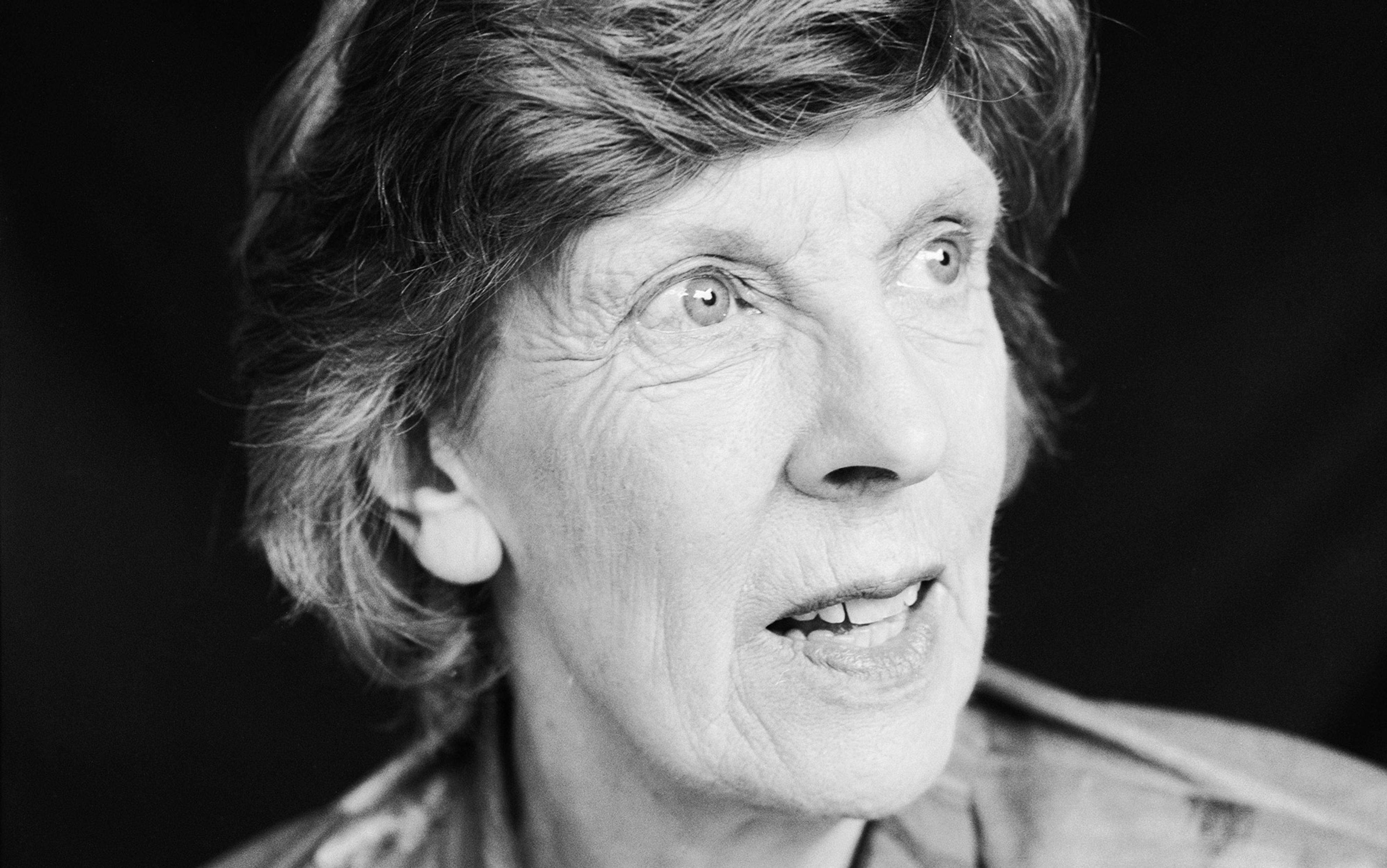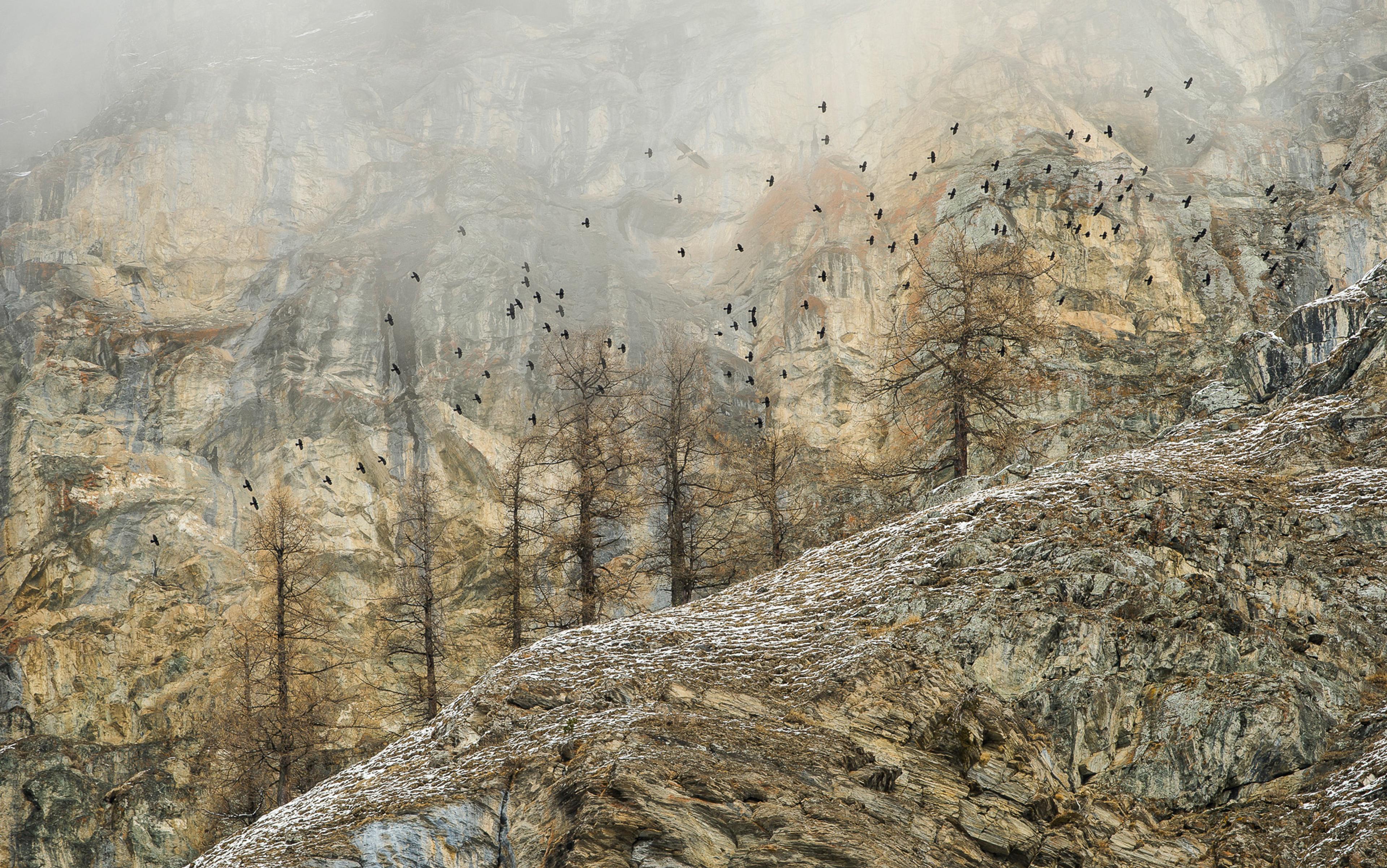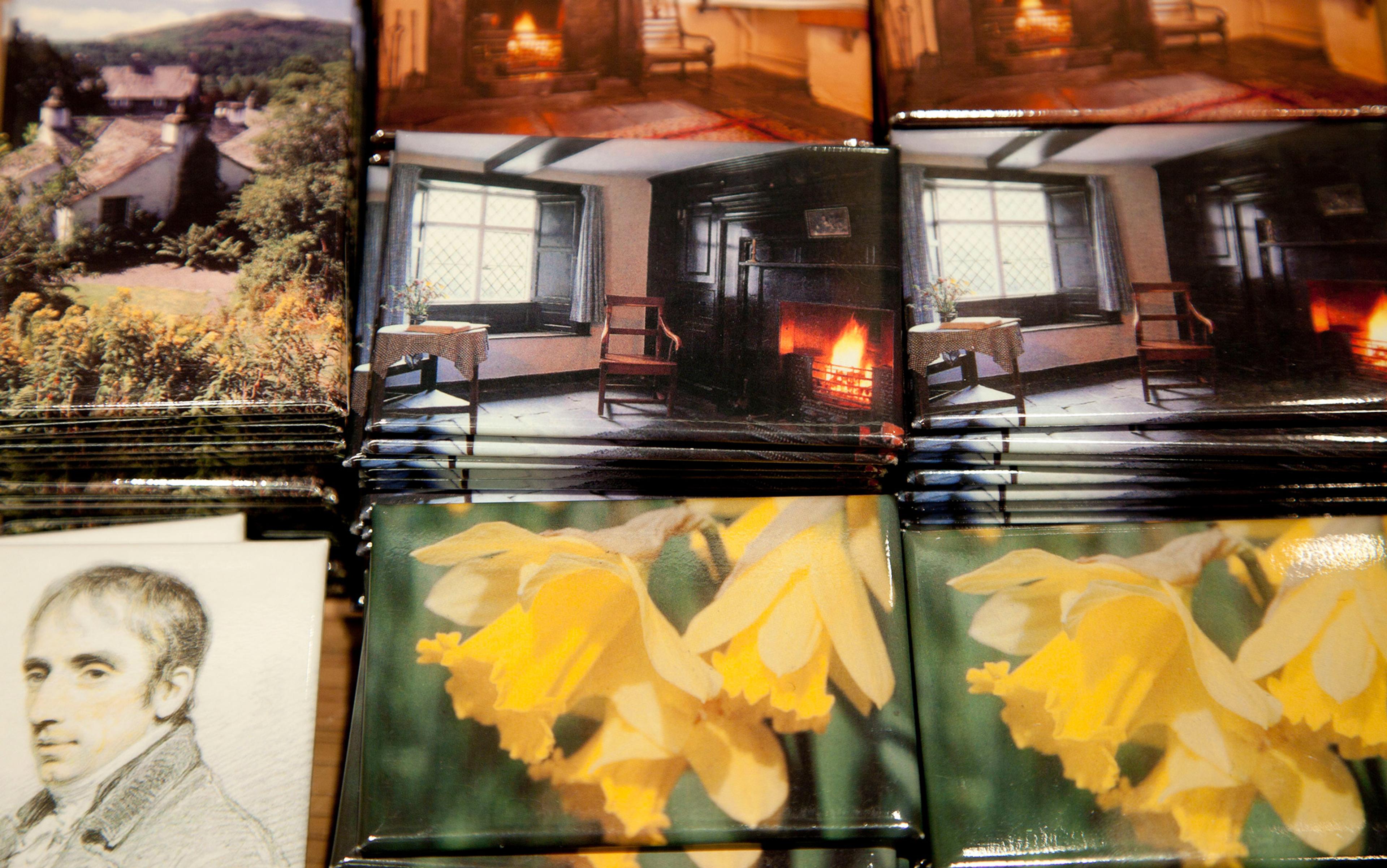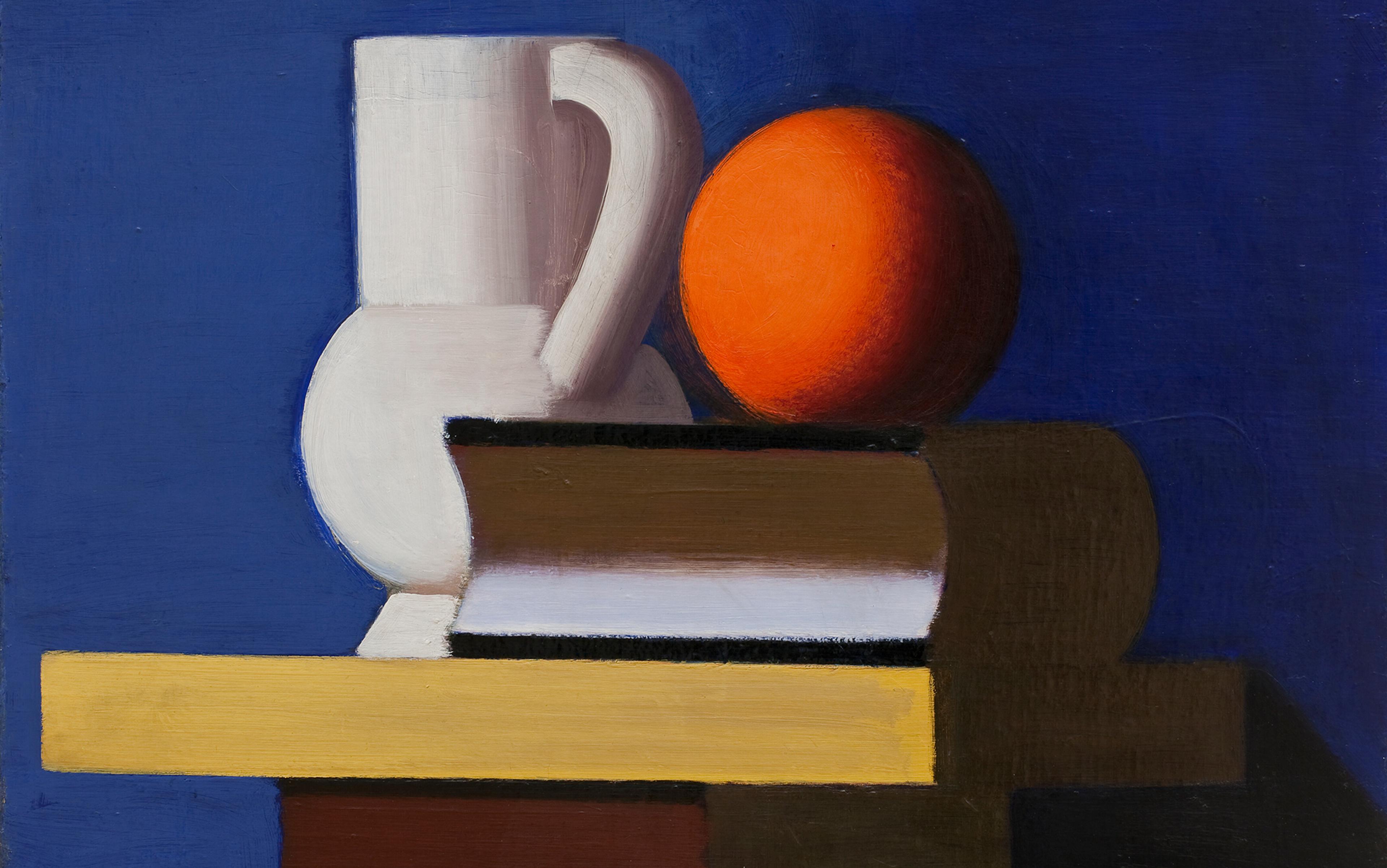In 1833, two years into his five-year voyage on the HMS Beagle, a 24-year-old Charles Darwin wrote a letter home to his sister Catherine, entreating her for supplies. He didn’t ask for food or funds (which were running thin, given his unpaid position as the ship’s naturalist) but for something he thought more essential: ‘When you read this I am afraid you will think that I am like the Midshipman in Persuasion who never wrote home, excepting when he wanted to beg: it is chiefly for more books; those most valuable of all valuable things.’
Both Darwin and the ship’s Captain, Robert FitzRoy, were deeply concerned with which books to take on board and how to fit as many as possible. FitzRoy writes that ‘considering the limited disposable space in so very small a ship, we contrived to carry more instruments and books than one would readily suppose could be stowed away in dry and secure places’. Darwin lived for five years in a cabin that also functioned as the ship’s library; perhaps some 400 volumes were crammed into a roughly 10 ft by 11 ft space. He slept and worked surrounded by teeming bookcases, bindings eroded by damp sea air and swaying slightly with the tide.
His favourites are clear from his papers, and his 1833 reference to Jane Austen’s Persuasion is one among many. Two years earlier, when he first began the journey as a fresh university graduate, he told his sister Caroline: ‘I will not take Persuasion, as the Captain says he will not read it, & there is no danger of my forgetting it.’ His correspondence is dotted with Austen references in a way that conveys a genuine fluency with her work. ‘Lydiaish’ means flirtatious, ‘like Mrs Bates’ code for overly doting, ‘like Lady Cath. de Burgh’ stands in for stern, and ‘a Captain Wentworth’ was his cousin’s term of endearment for Captain FitzRoy. His private notebooks likewise reference numerous Austen characters, and three of Austen’s novels figure on his 1838-40 reading list.
Though she would never encounter Darwin’s research – Austen died in 1817 – her own work was steeped in the same scientific and philosophical tradition that paved the way for his theory of evolution. She wrote in an era obsessed with explaining the natural world; the word ‘biology’ burst into usage in England around 1800. Austen’s acute, almost clinical, attention to detail resembles the style of early British naturalists. In Jane Austen and Charles Darwin (2008), the literature scholar Peter Graham explores parallels between Austen’s sensibility and Darwin’s, arguing that both ‘were keen observers of the world before them, observers who excelled both in noticing microcosmic particulars and … discerning the cosmic significance of those small details.’
The two also share a concern with the philosophically rich relationship between the natural world and aesthetic beauty. Darwin was fascinated by capricious ornamentation – natural features such as the peacock’s plumes, which seemed to serve no other purpose but beauty, even to the detriment of other sorts of biologic fitness. He saw a paradox: the naturalist posits that all that exists can be explained in natural terms. And, yet, there is a sense in which ornament, in its superfluity, goes beyond what nature dictates. How can the naturalist make sense of ‘excessive’ beauty, of nature’s ‘wonderful extreme’, which may appear to defy or transcend the closed logic of the naturalistic worldview?
Austen prefigures Darwin’s contention that aesthetic ornamentation is a natural human practice that places us in continuity with the wider natural world. Like Darwin, she grapples with ornament’s apparent superfluity, and the tension between naturalism and aesthetic ‘excess’. She writes evocatively of this clash in Pride and Prejudice: ‘I shall never forget her appearance this morning. She really looked almost wild,’ gossips Mrs Hurst after Elizabeth traipses across dirty fields to see her ill sister. Worst of all: ‘her petticoat; I hope you saw her petticoat, six inches deep in mud, I am absolutely certain’. The aesthetic is literally drenched in the natural; human ornament splashed with mud.
In his love for Austen’s work, we glimpse a Darwin less often discussed: one with a deep reverence for beauty, aesthetics and the arts. In Austen’s relentless observation, we glimpse an artist’s scrupulous scientific eye. Darwin and Austen form two sides of the same Janus-faced dilemma. What is the role of beauty in the naturalist’s worldview? What is the role of naturalism in the artist’s?
Austen is obsessed with the natural. A keyword search yields that she uses some variant of the word ‘natural’ more than 500 times in her six novels. In Northanger Abbey (1817), Catherine reaps the blessings of ‘natural folly in a beautiful girl’ and is possessed by ‘feelings rather natural than heroic’. In Pride and Prejudice (1813), there is Lydia’s ‘high animal spirits’ and ‘natural self-consequence’, and in Sense and Sensibility (1811), Edward’s ‘natural shyness’ obscures his (‘by no means deficient’) ‘natural taste’. In Mansfield Park (1814), we see ‘natural claims’ and ‘natural powers’, and in Emma (1816), Harriet’s ‘natural graces’ run up against artificial class boundaries. In Austen’s final novel, and perhaps Darwin’s favourite, Persuasion (1818), Anne reasons with herself, insisting ‘how natural’ is the ‘oblivion of the past’ as she attempts to forget Frederick and his ‘natural sensation of curiosity’.
Austen’s interest in the natural is readily apparent. Her relationship to naturalism is more difficult to pin down. There are two closely related respects in which Austen might be called a naturalist. Firstly, she is stylistically engaged with naturalism as an artistic movement, or what Peter Graham describes as ‘selective and artful manipulation of detail’. In his naturalist manifesto ‘The Experimental Novel’ (1893), Émile Zola characterised this as an aversion to ‘irrational and supernatural explanations’. In Northanger Abbey, Austen makes her literary naturalism transparent; she critiques a popular journal’s ‘unnatural characters’ and ‘improbable circumstances’ as a mark against its literary merit. Northanger expresses through satire what Zola asserts in his manifesto: ‘[N]ature, being there, makes itself felt, or at least that part of nature of which science has given us the secret, and about which we have no longer any right to romance.’
This naturalism involves not a denial of emotion (as we often see Austen’s heroines attempt) but, as Zola puts it, ‘the necessity of analysing anger and love, of discovering exactly how such passions work in the human being’ through careful observation. For him, naturalist literature provides us with ‘human data’ and indeed, for Graham, Austen is a master of the form, taxonomising the social ecosystems of strategically limited ‘knowable communities’, from Highbury to Bath, in a manner not dissimilar to the way that Darwin analyses the ecosystem of the Galápagos Islands. She is sober in her pursuit of the mundanities a natural historian would note in their daily log; ‘of all this littleness, she evades nothing, and nothing is slurred over,’ writes Virginia Woolf in 1925 on Austen’s style. Likewise, in an 1850 letter critiquing Austen, Charlotte Brontë decries her ‘miniature delicacy’. Austen is a naturalist in form and methodology. Her use of detail and carefully circumscribed choice of scope allows her to pursue a particular realism and psychological acuity.
Austen situates human beings in a continuity with the wider natural world
The second way in which Austen engages with naturalism extends beyond participation in the literary movement, to her philosophical commitments. As Graham summarises, a philosophical naturalist is ‘someone who believes that natural causes offer sufficient explanation of the world, its origins, and its development.’ This philosophical perspective is generally characterised by an extreme sort of empiricism that privileges the scientific method as the highest, or even only, avenue to truth. Graham proclaims Austen and Darwin as ‘perhaps the great English empiricists of the 19th century’. Austen’s ‘clear, cold eye’ directed ‘at the concrete particulars of the world’ situates her alongside philosophical empiricists who rejected the existence of anything that couldn’t be verified through sense data, ie, non-material things like God, mind/consciousness, Platonist universals, transcendent moral law, etc.
In a 2005 essay, the novelist Ian McEwan quips that ‘if one reads accounts of … troops of bonobo … one sees rehearsed all the major themes of the English 19th-century novel’ – primal struggles for resources, mates, reproduction, and the perpetuation of one’s lineage. Perhaps this is no surprise, as the 19th-century rise of realist literature coincided with the advent of biology as a natural science. For Graham, Austen’s naturalism is more than mere metaphor. She participates not only in the literary movement of naturalism, which favoured realism and detail, but also in the reductionist empiricism emerging in her time and brought to a height with Darwinism. Applying the observational method of natural science, Austen situates human beings in a continuity with the wider natural world. In her novels, writes Graham, ‘human beings and their societies are understood to be part of nature’; Austen gazes ‘with scrupulous, penetrating, and relatively unbiased attention at the rich and messy details of the world around them.’ Her interests are not in abstract universals; Woolf complains that her work lacks ‘moons, mountains, and castles’. Rather, Austen’s interests lie in the animal particulars of courtship and kin ties, the ‘specimens destined for extinction (those social dinosaurs the landed Elliots)’, as Graham puts it, and the evolution of social arrangements more primed to survive, such as Wentworth’s social mobility, or the unusual marriage dynamics of the Crofts.
Indeed, Austen’s work models a sort of everyday analogue to the scientific method. I would argue that the primary mode by which her characters progress in their moral development is via a form of epistemic humility and responsiveness to evidence. By learning to see beyond their motivated biases, Austen’s heroines are able to take in new information that allows them to better understand their social world. This can be seen everywhere in Austen’s work: Elizabeth’s revision of her hypothesis about Darcy’s character, in light of the updated evidence of the fateful letter; Emma’s continual observations and modifications of hypotheses regarding ideal matches; Marianne’s revised judgment of Colonel Brandon – the list goes on. Northanger Abbey offers a particularly powerful demonstration of Austen’s naturalism, marrying both its stylistic and philosophical dimensions. Writing in The Journal of Aesthetic Education in 2008, Eva Dadlez argues that Northanger Abbey mounts ‘a naturalistic argument for the adoption of naturalism … Step-by-step, Austen moves us from melodrama to naturalism, negotiating an evolution in our reactions and our sympathies as she does so.’ In her 1850 letter, Brontë laments how Austen ‘ignores … the unseen seat of reality.’ If Austen is a naturalist, this is not a failure but a triumph because, for the naturalist, there is no such ‘unseen’.
Austen’s keen observation extends to her rich aesthetic sensibility. And, yet, beauty figures strangely in a naturalist’s worldview. Darwin, who develops the naturalistic worldview to a new extreme, was deeply troubled by ‘ornament’ in the animal kingdom as a potential threat to his theory of natural selection. In Aesthetics After Darwin (2019), the philosopher Winfried Menninghaus describes Darwin’s decades-long enquiry into ornament as an obsession driven by a central question: how to explain instances of seemingly superfluous beauty within his empirical scientific worldview? In The Descent of Man (1871), Darwin marvels that ‘The development, however, of certain structures’ – such as horns, feathers, and so on – ‘has been carried to a wonderful extreme; and in some cases to an extreme which, as far as the general conditions of life are concerned, must be slightly injurious.’ The peacock’s feathers are superfluous to its biologic fitness; their cumbersome size may actually be antithetical to any one bird’s individual survival. And so their existence seems to fly in the face of naturalistic explanation.
In his early writings, Darwin ‘conceived of beauty first of all as scandalous excess, as potentially self-destructive luxury,’ writes Menninghaus. This was a deep problem for the naturalistic worldview in which what exists is what evolution strictly accounts for. Excess is an unnatural aberration, its putative existence a counterpoint to the theory. In Sense and Sensibility, we see a vivid instance of ornament’s destructive tendency: a pin in Lady Middleton’s dress pierces her progeny, ‘slightly scratching the child’s neck’ as it ‘produced from this pattern of gentleness such violent screams’. The order of life and its perpetuation through motherhood is marred by a tiny ornament.
Darwin can make sense of ornamentation in a purely naturalistic framework
In his later work, Darwin offers a way to reconcile the tension between the apparent existence of excessive beauty and naturalism’s denial of excess. His solution is a paradox at the heart of existence: superfluity is itself necessary and, as such, never really superfluous. He assigns ornamentation a biologic function in sexual selection. Menninghaus writes that ‘though [they are] mostly handicaps in the “general conditions of life”, aesthetic ornaments provide competitive advantages in the highly specialised context of sexual courtship.’ As Darwin puts it in The Descent of Man, ‘the power to charm the female has sometimes been more important than the power to conquer other males in battle.’
In part, the very purposelessness of these aesthetic features is what renders them desirable. One recalls the fragile fabric of Northanger’s Mrs Allen’s dress at the first ball in Bath, impractical for dancing, but ‘such a delicate muslin’, unlike anything ‘in the whole room, I assure you.’ Its delicacy impedes the dress’s function, and yet this very delicacy is what distinguishes the dress and makes it attractive. By devising a functional explanation for the appearance of excess, Darwin can make sense of ornamentation in a purely naturalistic framework. Far from being unnatural, abundant ornamentation is a phenomenon germane to, and demanded by, the natural world. What we might perceive as excessive beauty is an illusion. Nothing in nature is genuinely superfluous. These instances of ‘extreme beauty’ serve a critical function in providing competitive advantages in sexual selection.
Menninghaus applies Darwin’s logic to fashion in particular. For him, fashion is a human practice that participates in the process of evolution. Indeed, given a naturalistic worldview, what else could fashion be? ‘Fashion is the runaway cultural process of the apparently “capricious” emergence and (re)enforcement of aesthetic preferences,’ writes Menninghaus. Far from extraneous to nature, fashion is a mechanism of its processes, producing continual aesthetic variation in the interest of sexual selection.
Darwin and his supporters sublimate fashion into a perfectly natural strategy of sexual selection. However, not all share his optimism about a naturalist explanation of ornament. Walter Benjamin, in the 1930s, opposes Darwin’s reading of fashion. Influenced by a complex blend of Jewish mysticism, idealism and romanticism, Benjamin resists the absorption of beauty into the natural realm. The theorist Aléxia Bretas argues that, for Benjamin, unlike for Darwin, fashion is a ‘necessary denial of the natural course of things’, an alchemical process by which the raw materials of nature (including our own bodies) transcend their evolutionary destiny. For Benjamin, fashion ‘does for natural matter what romantic poets did for written language; they transformed a predictable realm into an infinite universe loaded with the most supernatural and fantastic possibilities,’ writes Bretas. On this reading, our human insistence on beauty, even when impractical, inutile and dangerous, represents a transcendence of our evolutionary nature. The superfluity of ornament, the way the peacock’s cumbersome feathers or a woman’s silk petticoat hinder biologic fitness, becomes a protest against the constraints of naturalism, and indicative of the mysterious transcendence that permeates existence. As Benjamin writes in his unfinished The Arcades Project (1927-40): ‘the eternal, in any case, is far more the ruffle on a dress than some idea.’
If Austen is a strict naturalist, we might expect her to side with Darwin in this debate. But the picture we get in her novels is more complex. Austen’s attention to fashion is often pejorative. It is primarily villains who are concerned with clothes, while a heroine is more apt to ‘clothe her imagination’. And yet, Graham uses Austen’s observations on clothing as a primary example of her naturalistic attention to detail. Her observations on women’s fashion in an 1814 letter are ‘analogous, one might say, to Darwin’s fascination with the diverse and fanciful variety in breeds of domestic pigeons.’ Even as she satirises certain sartorial attitudes, Graham argues that her focused attention betrays a ‘genuine interest’.
For Austen, good taste in dress is like Edward’s taste in landscapes: ‘it unites beauty with utility’
In a succinct paragraph in the second chapter of Northanger Abbey, she gestures towards Darwin’s sublimation of fashion into the realm of reproduction. Mrs Allen is basically useless, vain, silly and ‘trifling’. However, ‘in one respect she was admirably fitted to introduce a young lady into public … Dress was her passion.’ Mrs Allen’s ‘most harmless delight in being fine’ is largely trivial and superfluous except in the specialised realm of courtship. Her attention toward Catherine’s dress makes her instrumental in the game of sexual selection. She can carefully craft the perfect ornamentation to make Catherine’s debut as a sexual prospect a success. Of course, this function doesn’t come without other pragmatic disadvantages: ‘Mrs Allen was so long in dressing that they did not enter the ballroom till late.’ In this moment, Austen seems to suggest, like Darwin, that even superfluous ornament can be understood as a perfectly natural phenomenon.
And yet, on the whole, Austen continually represents superfluous ornament as unnatural and aberrant. Brontë writes that Austen directs a ‘well-bred sneer’ at the ‘extravagant’, and indeed this attitude can be seen throughout her entire corpus. Austen’s sartorial taste is best gleaned through the words she puts in the mouths of villains. An image emerges of moderation, simplicity, utility. For example, in Emma, she relentlessly mocks Mrs Elton’s taste for excess. Just after declaring ‘the greatest dislike to the idea of being over-trimmed – quite a horror of finery,’ Mrs Elton explains that she nevertheless ‘must put on a few ornaments now’. Not a breath later, she has ‘some notion of putting such a trimming as this to my white and silver poplin. Do you think it will look well?’ In Persuasion, Austen implicitly approves of Lady Russell’s austere dress through the vain Elliots’ critique: ‘hideous’, too ‘formal and arrangé’, ‘if she would only wear rouge’. For Austen, it appears that good taste in dress is like Edward’s taste in landscapes: ‘it unites beauty with utility’.
Though at moments in her corpus Austen seems poised to offer Darwin’s tidy resolution, she maintains a steady line of critique premised on the notion that there are more or less natural ways to engage with fashion. Not every instance of apparent superfluity is absorbed into the logic of sexual courtship, and her disdain toward extravagance goes far beyond Darwin’s perturbed fascination. Where Darwin is awestruck at nature’s ‘wonderful extreme’, Austen seems repulsed by the Mrs Eltons of the world, in a manner that carries at once ontological, aesthetic and moral valances. That which is superfluous really is unnatural to her; it calls out for contempt, and its role in courtship can’t wholly redeem it. Thus, attention to her engagement with fashion complicates the picture of Austen as a rigid naturalist, carving out space for a more complex interpretation. If ornamentation can be ‘unnatural’, there is the possibility of that which exists beyond the natural. Perhaps there are elements in her corpus that transcend or resist the naturalist picture. Perhaps there are Woolf’s desired ‘moons, mountains, and castles’ in her work after all – they just look like muddy muslin.
On a strict naturalist reading, the contention that there exist more or less natural forms of dress is paradoxical. If not natural, what could fashion be? What else is there? In ‘If Not Fashion, Then What?’ (2017), Nickolas Pappas suggests an exercise to reframe this question:
[W]hen you find a student appealing to what is natural, it is not a bad exercise to step away from the ‘nature’ in that heartfelt appeal and look for its absence. What are they opposing ‘natural’ to? Eyeglasses are not naturally occurring objects, in the sense of being artefacts, and such examples make the natural seem opposite to the artificial. But it also might not be natural for you to wake up every half hour; here what is not natural is the unaccustomed. A third example – a turtle born with two heads – might bring your student to see the opposite of the natural as the abnormal or monstrous. Such an exercise trips up what had looked like ironclad appeals to natural behaviour. Where ‘nature’ is denied in such different ways, the accusations of ‘unnatural’ sound more equivocal than they had before.
To what, precisely, is Austen opposing ‘natural’? One might consider the original meaning of ‘fashion’: a verb meaning to fashion something into another; to contrive, manufacture, create. Austen approves of Elizabeth, whose ‘person, behaviour, and dress’ is ‘without fashion’. She disapproves of Mrs Elton’s ‘studied elegance’. The dividing line between natural and unnatural engagement with dress has something to do with authenticity. Fashioning is seen as inauthentic, whereas a refusal to fashion – be it Lady Russell’s lack of rouge, or Elizabeth’s muddy skirts – is authentic, and therefore natural in the sense of true to one’s own nature.
If we read Austen’s use of natural as ‘authentic’, we discover a continuum of ways to engage with style. There are multiple senses in which one might dress ‘unnaturally’, that is, inauthentically. For instance, one can adorn oneself with superfluous ornaments that limit your capacity even to move and act as one ordinarily would, such as Mrs Allen’s dress: ‘But I think we had better sit still, for one gets so tumbled in such a crowd!’ Splashing mud on Elizabeth’s muslin skirt in Pride and Prejudice (so indulgently portrayed in countless film adaptations) becomes a visually evocative way of contrasting her true free nature with an artificially imposed and constricting one.
Elizabeth’s brazen wearing of the muddy dress is unnatural in that it defies the herd evolution of fashion
One might also forgo authentic self-expression for imitation. Austen complains that the Musgroves ‘were now like thousands of other young ladies, living to be fashionable’. This, too, is unnatural in one sense because it divorces the girls from their authentic natures. In another, more traditionally naturalist way, however, this behaviour is the most natural. It’s ‘herd mentality’, an animal function of assimilation. For naturalists like Darwin, this type of imitative inauthenticity represents nature at its most totalising, our deference to evolutionary patterns of behaviour serving sexual selection. With this framing in mind, Austenian heroines’ very refusal to fashion themselves defies naturalistic logic. Authenticity, going against the imitative herd, becomes in some manner ‘supernatural’, that is, beyond what is natural.
This unnatural, or rather supernatural, engagement with dress can be a site of subversion, much in the manner of Benjamin’s transcendence. In rare glimmering moments, choices regarding dress become a vehicle for self-expression that can oppose the tides of the social ecosystem and transcend the limits of what has been deemed natural. Elizabeth’s brazen wearing of the muddy dress is an act of aesthetic autonomy, a fashion statement as real as any other. It’s unnatural in the sense that it defies the herd evolution of fashion norms, natural in the sense of true autonomy, realised through authenticity to her own nature. Lady Russell’s decision not to wear rouge strikes Sir Elliot as unnatural; her dress artificial for being ‘formal and arrangé’. Mr Tilney’s knowledge of Indian muslin, so rare for a man, seems to Catherine to fly in the very face of nature. She stops herself before blurting out as much:
‘How can you,’ said Catherine, laughing, ‘be so – ’ She had almost said ‘strange’.
In Austen, the unnatural is not always bad, and the natural not always good. It is worth noting that she was writing in an era when horticulture was on the rise and florists first set up shop in major cities. Just as the ‘florist’s flower … was compact of both reality and fiction, at once the stuff of Nature – Nature’s gift – and an artefact of human fancy and fetishism,’ writes the literature scholar Deidre Shauna Lynch, Austen seems to suggest that fashion is both in continuity with and can stand opposed to nature. She is insisting on a contradiction that a novelist can make and perhaps a natural scientist like Darwin can’t. Resisting the urge for resolution, she holds taut a tension for readers to tightrope across.
Both Darwin and Austen are sharp observers, responsive to evidence and resistant to supernatural explanations. And, yet, the pair also share an obsessive interest in beauty, in its abundant and even superfluous presence in our world, and the way it may threaten a naturalistic worldview. Reading them alongside one another enriches our understanding of both. Darwin’s love for Austen illuminates his deep fascination with the aesthetic, and his contention that accounting for beauty is an important part of giving an account of the natural world. Austen, read alongside Darwin, invites questions regarding the contours and perhaps limitations of her naturalism. In her insistence that fashion can be engaged with in more or less natural ways, she resists Darwinian resolution without fully committing to Benjamin’s transcendence. This tension between totalising naturalism and a transcendent aesthetics of ornamentation pulses throughout her corpus, and keeps the questions she and Darwin both grappled with alive and in view.






